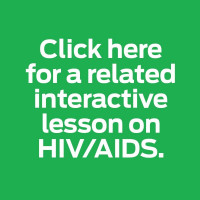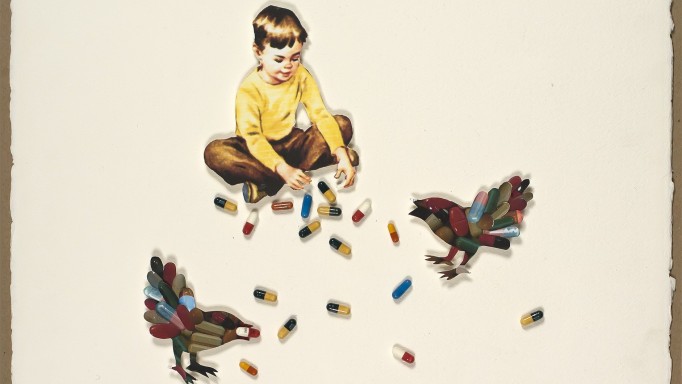HIV was identified as the cause of AIDS in 1983. Since then, we’ve learned a great deal about how the virus can be transmitted and prevented. Today, many tools are available to prevent HIV transmission. Even without a cure or a vaccine, we have the means to end the epidemic in the United States and around the world.
Here are ways to prevent HIV:
Get tested. Approximately 13% of people living with HIV in the United States don’t know they have the virus. Know your status to protect your health—and your partner.
Use condoms. When used correctly and consistently, condoms and lubricant can greatly reduce the risk of HIV and other sexually transmitted infections. Click here for more info on other ways to practice safer sex.
Use pre-exposure prophylaxis (PrEP). PrEP refers to antiretroviral medication used by an HIV-negative person to reduce the risk of contracting HIV. Options include daily pills and injections every other month. Click here for more about PrEP.
Take post-exposure prophylaxis (PEP). PEP involves taking a short course of antiretroviral drugs, usually for a month, after a high-risk exposure. Click here for more about PEP.
Get on HIV treatment. People living with HIV who maintain an undetectable viral load (also known as viral suppression) do not transmit the virus via sex, a concept known as Undetectable Equals Untransmittable, or U=U. Click here for more info about U=U.
Reduce drug-injection risk. If you inject drugs, never share needles, syringes or other “works.” If unused injection equipment is not available, be sure to clean shared needles, syringes and other works with bleach and water. Click here for more info on safer injecting.
Reduce mother-to-child transmission. If you’re pregnant—or are thinking of starting a family—get tested for HIV. If you’re positive, good prenatal care, including the use of HIV meds by the mother, can reduce the risk of passing the virus on to the baby to 2% or less. Click here for more on preventing mother-to-child transmission.
Last Reviewed: January 5, 2023















